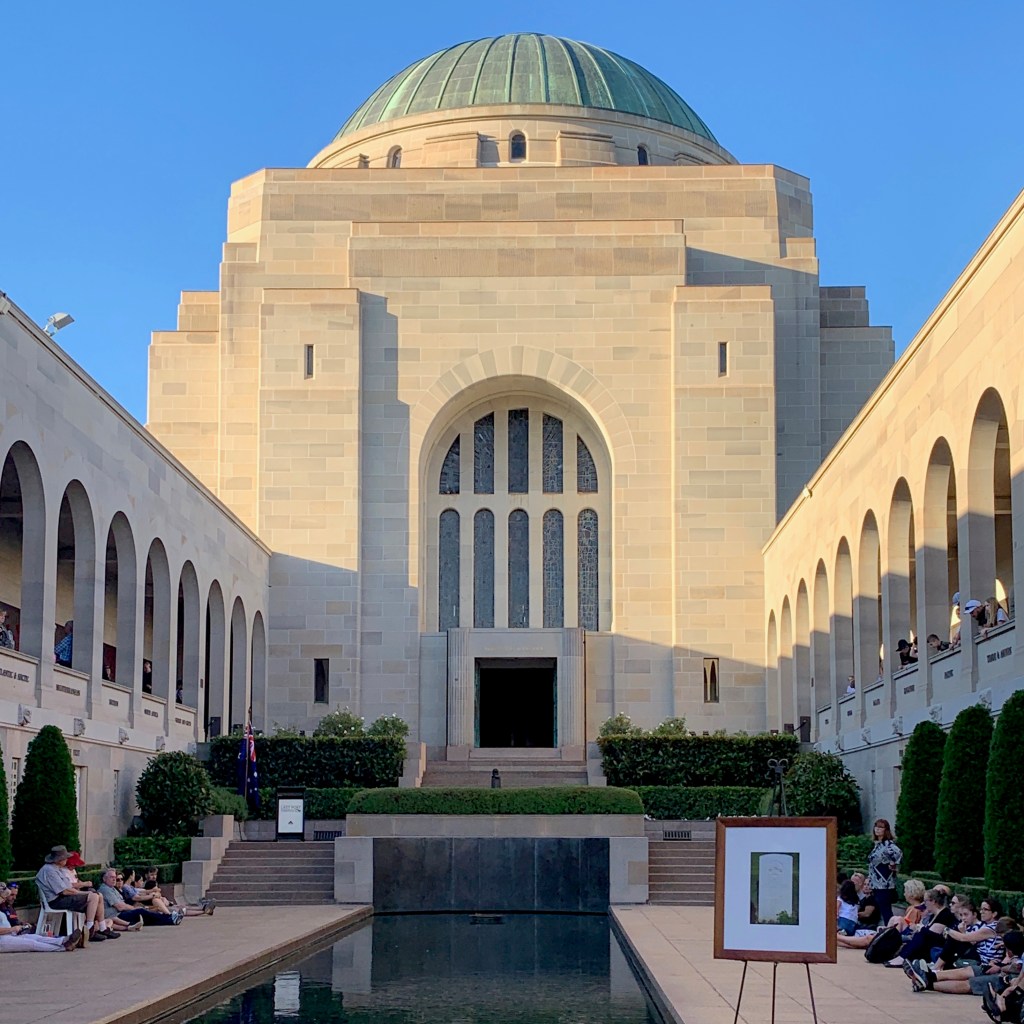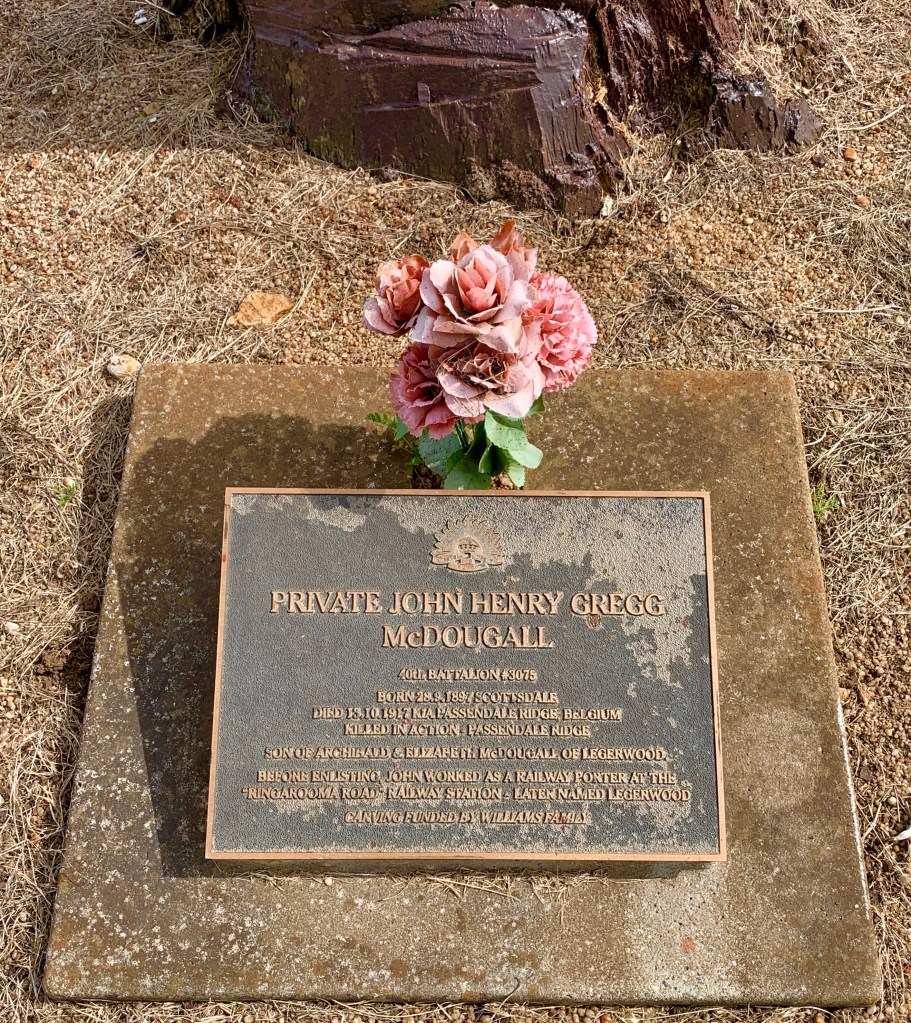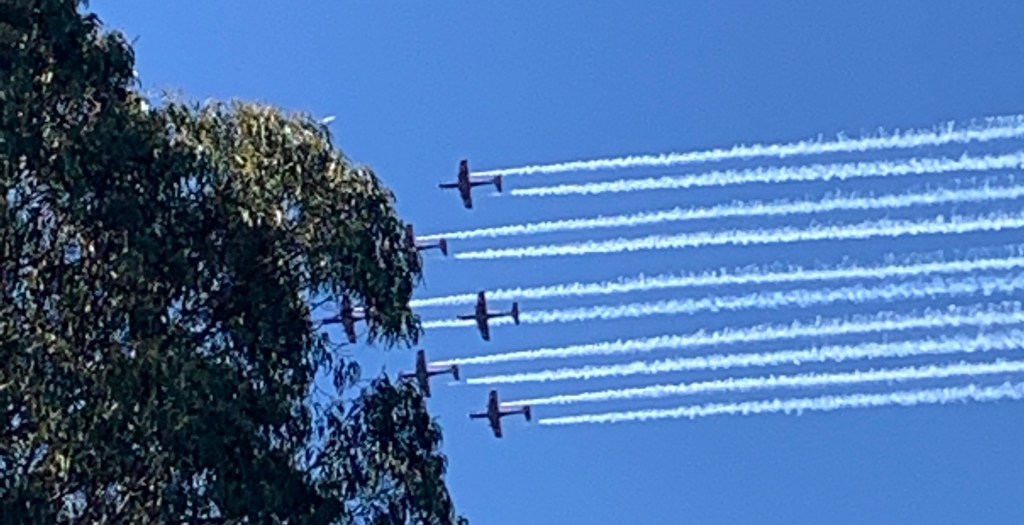
the strength of a nation rests on the ties that bind; a common language, a common heritage, a common purpose; the experience of fighting, even dying, for shared values.
there’s probably no way for a newcomer to grasp the depth of emotions aroused in the aussie soul by a single name: gallipoli. for more than a century, the shared grief elicited by that military disaster has done more than perhaps anything else to galvanize the nation’s identity.
each april 25th, the day in 1915 when australian and new zealand troops stormed the turkish beach at gallipoli, both nations stop to honor their war dead, on what is known as anzac day.
scottish-born australian eric bogle perhaps best captured a nation’s agony in his 1971 song, “and the band played waltzing matilda“ (click the link)

the national war memorial is canberra’s #1 tourist attraction.
museum director matt anderson points to the wall where the names of 102,000 australians are engraved. of those, he tells us, 62,000 were lost in four years of world war one, including 8700 in the bloodbath at gallipoli.
memories fade, and the last world war one veterans have long passed. still, anzac day observances are held all over australia each april 25th. that first war left an indelible scar on a young nation’s psyche. almost no one was spared the loss of a loved one. on well-manicured lawns in village squares across the hinterlands of oz, the names of would-have-been husbands and fathers, wives and mothers, are chiseled in stone.
except in the tiny tassie town of legerwood (pop. 193). its boys are memorialized in trees.
legerwood wasn’t even an official town until 1936, but in october, 1918, residents gathered along the main road to plant saplings in memory of each of the seven local boys lost in the fighting.
for the rest of the century the trees stood as a silent reminder of the stolen promise of a generation. by 2001, the trees had become a hazard and had to be lopped. the local folk were having none of it, however. they commissioned chainsaw artist eddie freeman to carve the tree stumps into likenesses of the fallen soldiers.
pernille and i might have missed the modest collection of houses that calls itself legerwood as we drove along tassie’s back roads, except for the roadside sculpture garden that commanded our attention. we stopped for a closer look.
what we found was a window into seven war-shortened lives.
thomas edwards was the oldest of the legerwood volunteers. he and his wife of six years, florence, are shown in a goodbye embrace at the center of a carving that depicts the townspeople’s grief.
interestingly, none of the legerwood boys actually died at gallipoli. they all were killed on the western front in belgium and france toward war’s end.
if anzac day and the legerwood memorial weren’t enough, australia’s military legacy was underscored weeks earlier as the royal australian air force celebrated its 100th birthday.

the r.a.a.f marked the milestone with a nationally-televised aerial spectacular in the skies over canberra’s lake burley griffin. (which incidentally didn’t exist then, either). imagine what might have been if the boys storming gallipoli had been able to call in air support.

canberrans poured out of their homes and offices on a picture perfect day to witness the flyover. they came by bus, car, bike, on foot; children in prams or on dad’s or mom’s back, with cameras and binoculars, stationing themselves on hills and bridges and along the shores of lake burley griffin, (which is named for the american architects, walter burley griffin and his wife marion mahony griffin, who won the competition to design the capital city in 1911.)

the throngs weren’t disappointed.
governor general david hurley hosted a phalanx of dignitaries for a gala event at government house at the west end of the lake to witness the display, while the band played “waltzing matilda”.


it’s interesting to note that if the air force didn’t exist in 1915, neither did canberra, and this might be the time to introduce our home town.
in 1911, australia’s parliament formally set aside land for a national capital territory, but nothing much was there. it was just a mountain outpost noted for crisp alpine air and cold clear nights, a sharp contrast to the balmy coastal climate of the country’s major population centers. it wasn’t till the 1920s, after the falling out that prompted walter and marion griffin to return home to chicago, that their vision for a grand city began to materialize. canberra officially became the capital in 1927.
newcomers arriving in the city today see a fully formed metropolis, unaware that the lake, which forms the heart of the capital and seems as if it was always there, was only inaugurated in 1964. only in this century has the griffin’s vision of a grand capital (based loosely on l’enfant’s design for washington d.c.) has come into full view.
the parliament building, the national museum, the trendy kingston foreshore, and other distinctive features dotting canberra’s lakefront are less than 25 years old.

national museum of australia 
parliament house
it is quite a paradox that canberra is a young city in a young nation that was still cutting its teeth when world war one broke out. and yet, canberra and australia are home to a civilization that existed in peace for tens of thousands of years before europeans arrived. there is still a reckoning to be done. lest we forget.

















Dear Peter, I hate to say it, but it is too long. It is interesting however, you need to take out a lot of the descriptive adjectives. As Sgt. Friday would say, stick more to the facts. See what you can do .. I don’t know if this helps. I love you. MOM
LikeLiked by 1 person